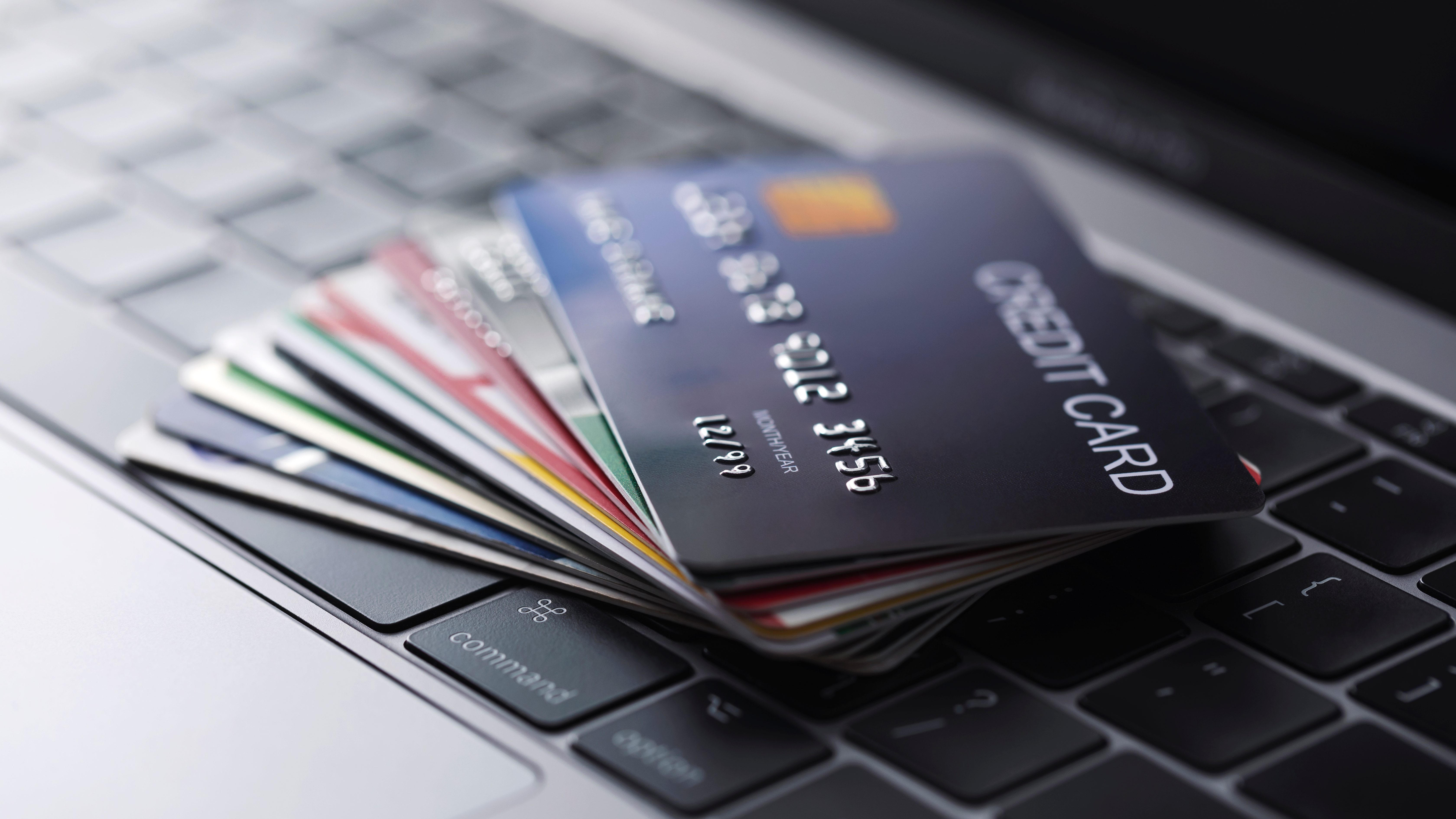Don’t Give Credit Cards the Credit for Apartment Rent Payments

Apartment renters continue to pay their monthly rent at near normal levels, but nothing feels very normal about that. Unemployment rates are in the double digits, and job losses measure in the tens of millions. Given the bleak economic backdrop, it’s tempting to search for asterisks to attach to the healthy rent collections numbers.
One such asterisk mark: credit cards. A number of speculators want to give credit to credit cards for propping up rent payments. Those views are propped up by data from various providers showing (often wildly different) numbers on increased credit card usage to pay apartment rent.
The assumption is that if renters are using credit cards more, it must be a sign of distress. But is that true? Probably not. In fact, it’s highly unlikely.
Rather, increased credit card usage is a subplot of a larger trend of increased utilization of online payment options. COVID-19 has compelled property managers to accelerate the shift toward providing more electronic payment options, and renters have taken advantage. We saw a spike of about 20% in rent payments made online. Credit cards – which many property managers didn’t previously accept – are part of that equation. Some property managers have even waived card processing fees to encourage renters to pay online rather than dropping off a check at the leasing office.
There’s no data that can reveal how often apartment renters using cards to pay rent are taking on debt versus using cards for convenience and accumulation of points. But there are some ancillary data points that suggest it’s the latter.
The Bureau of Economic Analysis reported that personal income jumped 10.5% between March and April, while consumer spending dropped 13.6%.
Bank of America, the nation’s second-largest bank, reported a huge spike in checking account balances – which was particularly notable in smaller accounts with balances below $5,000. In that group, Bank of America noted balance increases of 30% to 40%.
A recent study by the University of Chicago concluded that 68% of jobless workers receive more money from unemployment benefits than they did in their job.
All of these data points trace back to the CARES Act, which provided stimulus checks to most Americans plus expanded unemployment pay of $600 per week on top of state benefits.
And while housing distress is certainly real, the immediate challenges appear to be outlier cases. Nearly 95% of market-rate apartment renters made rent payments in April, and May was on track for an even higher number. Through May 27, the share of renters making a payment was down only 1.5 percentage points compared to the same time last year, according to data from the National Multifamily Housing Council.
All the data conflicts with various and some private providers, which show heightened uncertainty about making mortgage or rent payments. Those surveys are often misinterpreted as “what is happening right now,” when in reality they point to an uncertain near future.
The additional $600 a week boost in federal unemployment pay is currently set to expire at the end of July. After that, unemployed workers would get only state benefits – which vary by state, but those benefits alone won’t be enough for many renters (or homeowners) to continue making housing payments. Congress is discussing a number of solutions that range from extending the federal benefits to creating a new direct rental assistance program.
It’s an election year, and in theory that boosts the odds of policymakers finding a solution. But nothing is guaranteed, and the combative political environment could complicate matters.
That uncertainty could loom heavy over renters when rent checks are due in June and July.






